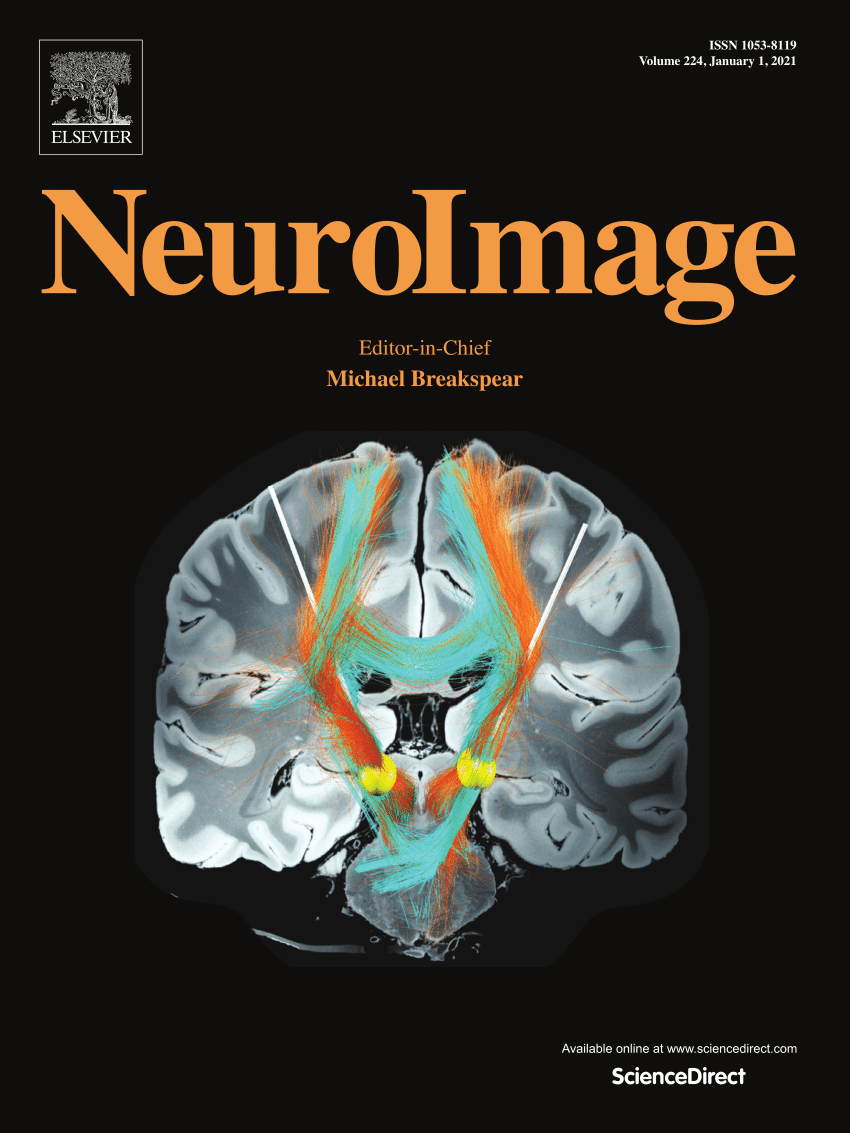Brain dynamics alterations induced by partial sleep deprivation: An energy landscape study
IF 4.7
2区 医学
Q1 NEUROIMAGING
引用次数: 0
Abstract
Partial sleep deprivation (PSD) alters neural activity of intrinsic brain networks involved in cognitive functions. However, the age-related time-varying properties of large-scale brain functional networks after PSD remain unknown. Our study applied energy landscape analysis to resting-state functional magnetic resonance imaging data to characterize the dominant brain activity patterns in 36 healthy young (19 females, 23.53 ± 2.36 years) and 33 healthy older (18 females, 68.81 ± 2.41 years) adults after full sleep (FS) and PSD. Dynamic properties of these patterns, including appearance probability, duration and transitions, were then calculated. Finally, a 105 steps numerical simulation was performed on each energy landscape. We found that the energy landscapes of the younger and older groups had similar hierarchical structures, including two major states and two minor states. The two major states showed complementary spontaneous activation patterns. But the PSD has altered the temporal evolution of these major brain states in younger participants, manifested by significantly higher appearance frequency of the major states and the direct transitions between major states than FS. These changes were not significant in older participants. Additionally, the weaker functional segregation between two modules assigned by two complementary major states was found during PSD than FS in young group. We further demonstrated that such abnormal brain network functional coordination was associated with the atypical brain dynamics and behaviors. These findings suggested a low-dimensional and restricted dynamic landscape of brain activity in young adults after PSD and provided new insight into understand the neural effects of PSD.
求助全文
约1分钟内获得全文
求助全文
来源期刊

NeuroImage
医学-核医学
CiteScore
11.30
自引率
10.50%
发文量
809
审稿时长
63 days
期刊介绍:
NeuroImage, a Journal of Brain Function provides a vehicle for communicating important advances in acquiring, analyzing, and modelling neuroimaging data and in applying these techniques to the study of structure-function and brain-behavior relationships. Though the emphasis is on the macroscopic level of human brain organization, meso-and microscopic neuroimaging across all species will be considered if informative for understanding the aforementioned relationships.
 求助内容:
求助内容: 应助结果提醒方式:
应助结果提醒方式:


